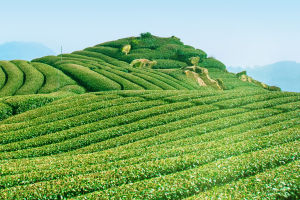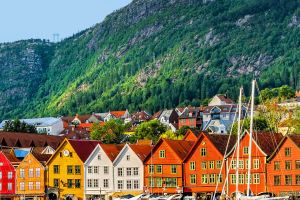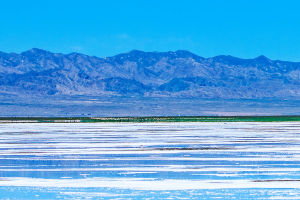Have you heard of Sardinia's stunning emerald coast? Its crystal-clear blue and green waters rival those of the Caribbean.
Situated in Italy, Sardinia is the second-largest island after Sicily in the Mediterranean area. Its unique location, connecting Europe and Africa by both land and sea, has shaped a distinct human history for the Sardinians.
The ancient Greeks named the island "Ichnusa," meaning "footprint." Legend has it that when Zeus created the world, he tossed the remaining fragments into the sea and stamped them with his feet, giving rise to Sardinia.
With its perennial sunshine, pristine waters, delicious grapes, striking cliffs, and enchanting islands along the coast, Sardinia lures countless visitors each summer.
This island boasts diverse ecosystems, including mountains, forests, uninhabited territories, rocky shores, and long sandy beaches, creating a microcosm of varied climates.
The local dialects spoken here are considered distinct languages. Even native Italians struggle to understand the Sardinian language.
Sardinia is also home to the magical village, named Silanus, renowned as the world's most famous village for longevity.
Though Silanus has a population of only about 2,000 people, it boasts several centenarians and many individuals over 90 years old.
The rich gastronomic tradition of Sardinia has ancient roots. In the past, the island was heavily forested, while the coastal regions were predominantly sandy due to invasions.
Shepherds, tasked with grazing their sheep on steep mountains, required simple and nourishing food that was easy to carry.
Thus, Sardinia became known for its delectable cured meats and aged cheeses. Notably, the bread called carasau, a thin and easily transportable flatbread, adds to the culinary delights.
Beyond its natural wonders, Sardinia embraces modernity while preserving its heritage.
Driving along the coastal roads unveils the confluence of European and African cultures, with the sea on one side and historic dwellings on the other—bridging the gap between tradition and progress.
Exploring the island by self-driving is a favored and adventurous choice among travelers. Renting a comfortable car allows you to leisurely traverse the seaside route, immersing yourself in breathtaking scenery.
Alternatively, you can set up a tent and bask in the sun on the beach or wander through ancient alleys, indulging in the cultural richness of Sardinia.
For history enthusiasts, the famous World Heritage Site "Nuraghe" is an absolute must-visit. The enigma lies in its deserted state when the Phoenicians settled in the region in 800 BC—only the empty Nuraghe structures remained.
Like the Maya civilization, the Nuraghe civilization vanished without a trace.
The Nuragic civilization not only remains a mystery in Sardinian history and culture but also contributes to the enigmatic narrative of human development in Europe.


